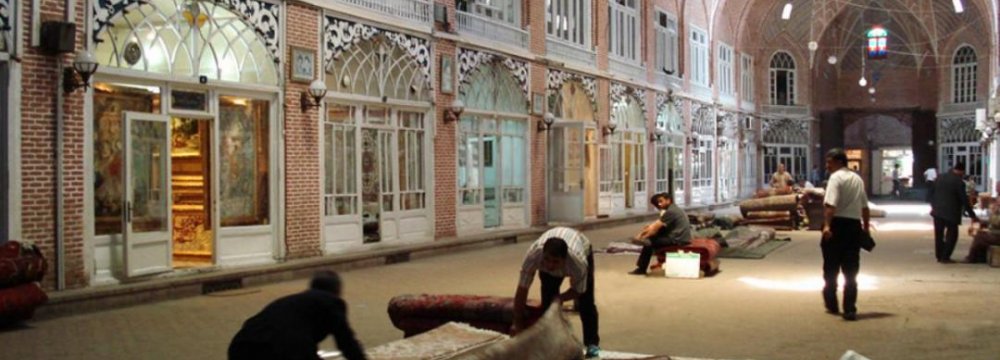The government of Hassan Rouhani has put forth a package of economic reforms, among them plans to reverse the course of rising inflation and attract foreign investors after a period of lull and subsidence. At the same time, the country’s policymakers aim to avoid repeating the mistakes of the past and draw a comprehensive plan to steer Iran’s economy towards the opportunities of the future through a safe passage.
What the industrialized countries – and even some developing states – have gone through in the past four decades shows that the structural economic reforms are key to long-term growth for a national economy. This is what most economists and policymakers have agreed on after a period of trials and errors and also with regard to the economic realities of the time. The main discussion, whenever it came to long-term economic growth, was that most developing countries needed overseas financial aid to narrow down their foreign exchange and saving gaps.
In the 1980s, this strategy was included in the economic policy of India and several Latin American states. And here’s the point that will be useful to Iran’s economy: That macroeconomic stability is the result of structural reforms. And this leads to an obvious conclusion: That a stable economy will definitely be capable of attracting more foreign investment, increase its trade with the world and enhance its financial power. Learning from others’ experience, Iran’s economic policymakers should focus on increasing competitiveness, first in the domestic markets as a routine practice, and then measures should be taken in order for Iran to achieve a greater role in the global trade. India’s model of removing all monopolies in the 1990s can be taken as a good example. If applied here, it can be the most immediate way to encourage the country’s businesspeople to do their job without worrying about unnecessary limitations they currently face.
In India, tariffs and import fees were reduced by 35 percent in a short period. However, in South Korea, a completely different model was devised which put the focus on reducing tariffs for export commodities. The Korean model seems to be a far-fetched scenario now given the restrictions imposed by the international trade regulators, the World Trade Organization in particular. But the core of any structural reform plan is the same: Increase trade and interaction with the world under an intelligent management.
In the middle of the twentieth century, there were many countries that feared opening to trade with economically stronger states would put them in an even weaker position and completely dash their hopes for progress toward a single-digit inflation and downward unemployment. Many of them, like Brazil and Turkey, struggled for years to develop into relatively competitive economies and gain tiny shares of global trade.
First and foremost, the Iranian government should calculate the costs it will, and the private sector also will, pay for those industries which are not in a position to compete in the international arena anytime soon. But the path to growth is a two-way street; industrial growth secures your capability to be active and have something valuable to offer at the international markets.
If the government takes appropriate measures to reduce the bureaucratic barriers to licensing and approval of overseas investment, foreigners will be encouraged to invest their money in the Iranian economy and this will also help put macroeconomic stability within reach.
Iran, with regard to its huge economic potentials, is a lucrative market for foreign investors. But the path to a sustainable economic growth will only pass through structural reforms, strategic planning and tactical management.





